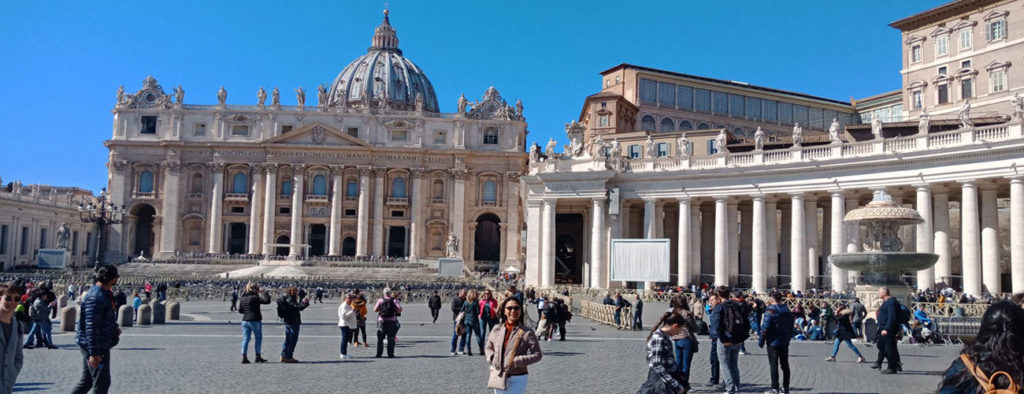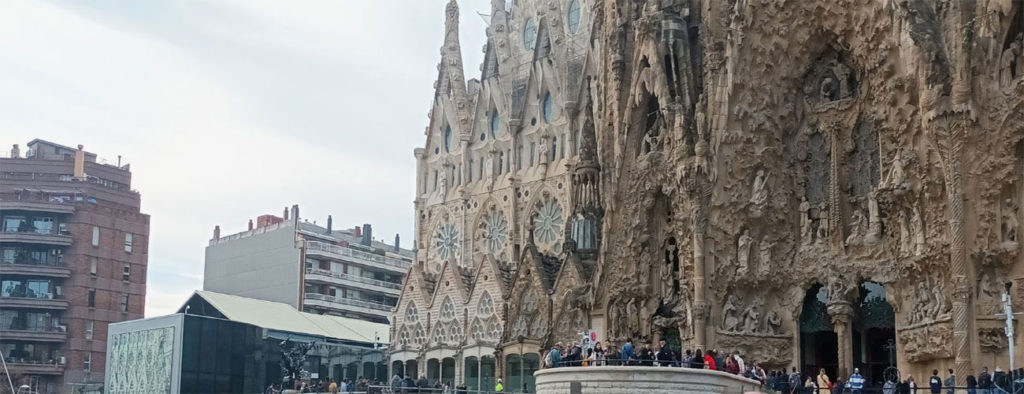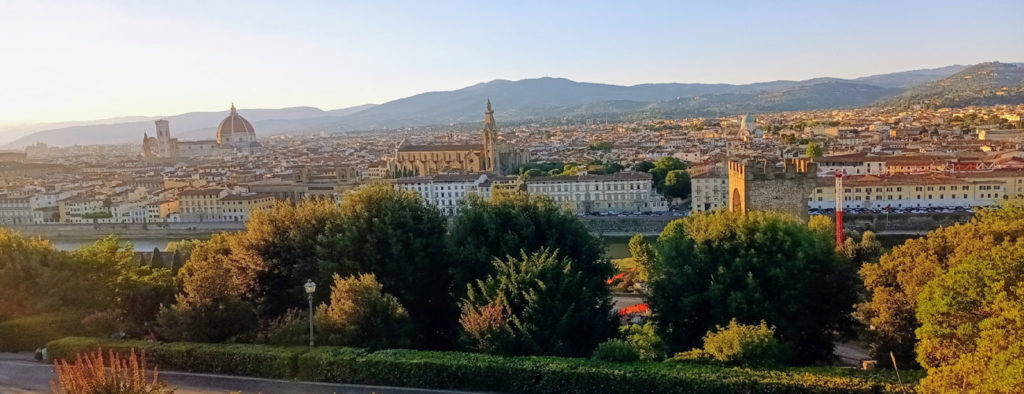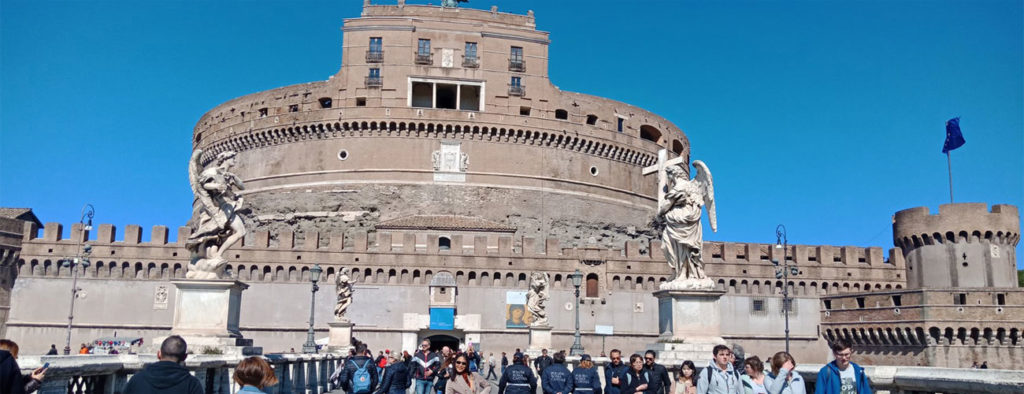10 Days in Italy Itinerary
10 Days in Italy to Rome, Pisa, Milan, Brescia, Bassano, Venice, Florence
I have travelled most part of Italy. I would like to share this travel itinerary idea for 10 days starting from the heart of the Ancient Roman Empire through the global fashion capital by visiting the most important places: Rome, Pisa, Milan, Brescia, Bassano Del Grappa, Venice and Florence. I would say that this itinerary is ideal for solo travelers and families traveling together. Fiumicino airport is always my starting point because it is easy to connect public transportation from there.
Rome Highlights:
Piazza Navona, Trevi Fountain, The Spanish Steps, Pantheon, Vatican City, Colosseum. For Vatican and Colosseum, if you want to go inside, you need to arrive at the area at the earliest time to line up for the ticket. You can prepare at least 50 to 100 for both entrance ticket.
Important Note:
Shoulders must be covered inside the Cathedral and Baptistry and the group must be quiet inside. Original Passport is need upon entry for both.
Pisa Highlights:
Pisa – A city in Italy’s Tuscany region best known for its iconic Leaning Tower. Already tilting when it was completed in 1372, the 56m white-marble cylinder is the bell tower of the Romanesque, striped-marble cathedral that rises next to it in the Piazza dei Miracoli. Also in the piazza is the Baptistry, whose renowned acoustics are demonstrated by amateur singers daily.
Milan Highlights:
Milan is one of the main art cities of Italy, also known as the entertainment capital city. Take time and explore on your own the important spots like Milan Cathedral / Duomo, San Nazaro in Brolo church, Statale University, Castello Sforzesco, Vittorio Emanuele II Gallery, Theater y Piazza Della Scala, Merchants / Business Square.
Brescia Highlights:
Discover the province of Brescia, through the unspoilt woods and the Alpine mountains valleys, lakes with its own character, Mediterranean Garda, Nordic Idro and calm, romantic Iseo. The city of Brescia itself is rich with its architectural and artistic history. Make sure to capture photgraphs the Tempio Capitolino e Piazza del Foro, Duomo di Brescia, Basilica Romana di Brescia, Piazza della Loggia, Piazza della Vittoria
Bassano Del Grappa Highlights:
Two periods which give the area a characteristic aspect are the Middle Ages and Renaissance. Bassano has always been a highly active mercantile centre. From the manufacture of textiles to the making of paper and ceramics, the town continues undaunted in its traditions, preserving the same care and attention at to its magnificent monuments. Bassano plants its feet firmly straddling all the various passes of its history.
Venice Highlights:
Church of Saint Zaccaria, Campo Santa Maria Formosa, Basilica of Santa Maria Formosa, Biblioteca Querini Stampalia, Palazzo Grimani and courtyard, Campo San Giovanni e Paolo and Basilica, House of Marco Polo, Rialto Bridge, Saint Mark’s Square.
Bologna Highlights:
The City is called “The Learned” for its old University, and “The Fat” for its tradition of food, this city is also known as “UNESCO creative City of Music” and has one of the largest and most well-preserved medieval historical centers, with many shops, restaurants, taverns and theatres. It is also the home of many famous artists like Giorgio Morandi, Guido Reni, the Carraccis, Guercino, Aspertini, charmed notable people, the winner of the Nobel Prize in Physics like Mozart, Carducci, Dante, Rossini and Guglielmo Marconi.
Florence Highlights:
Piazza Duomo (exterior of Cathedral, Baptistery, Bell Tower and Gates of Paradise), Piazza della Signoria & Uffizi Courtyard, Ponte Vecchio, Leonardo’s Leather Shop and Demonstration.
Assisi Highlights:
With its medieval art masterpieces like the Basilica of San Francesco and frescoes by Giotto, Cimabue, Simone Martini and Pietro Lorenzetti, Assisi has become a fundamental reference point for the development of Italian and European art and architecture.
Day 1: From Rome–Fiumicino International Airport “Leonardo da Vinci”. During my travel I stayed 1 night at B&B Hotel Roma Fiumicino Aeroporto Fiera 1, it is just 1 stop if you take the train from the airport, the hotel is only 10m walk. when you get off the train, do not go away instead look around and you can see the hotel right away. The big shopping mall is just within the area which is the main reason why I stayed here. I would recommend to have your arrival time before 12 noon so that you will have enough time to do the walking tour in the City of Rome. I am sure you do not want to miss the most interesting spot like the Piazza Navona, The Trevi Fountain, Pantheon and Spanish Steps . Transportation is not a problem, just follow the sign going to the train station when you arrive.
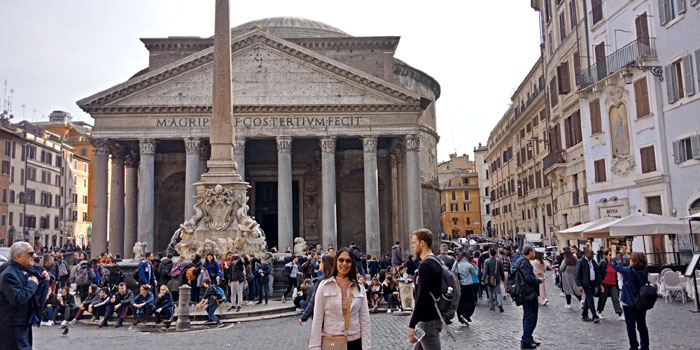

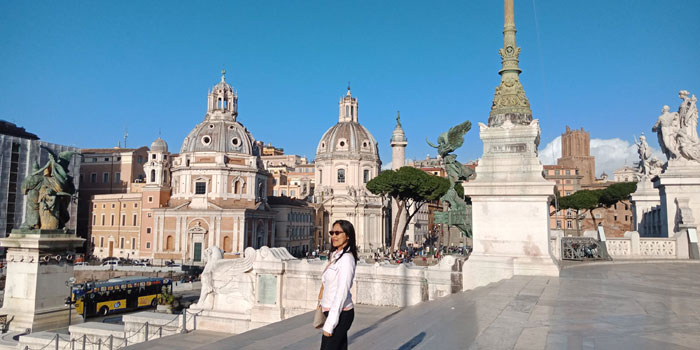
Day 2: Head to Pisa after breakfast. It will take 4 hours drive normally if without traffic. Pisa Cathedral and Baptistery are very important spots in Pisa. This place is more than just a Leaning Tower, this historic city offers many things from bustling bars to Renaissance piazzas. An overnight stay at Grand Hotel Duomo would be worth it, takes only 2 minutes walk from Duomo Square and the Leaning Tower of Pisa. Roof terrace with panoramic city views was a big plus.
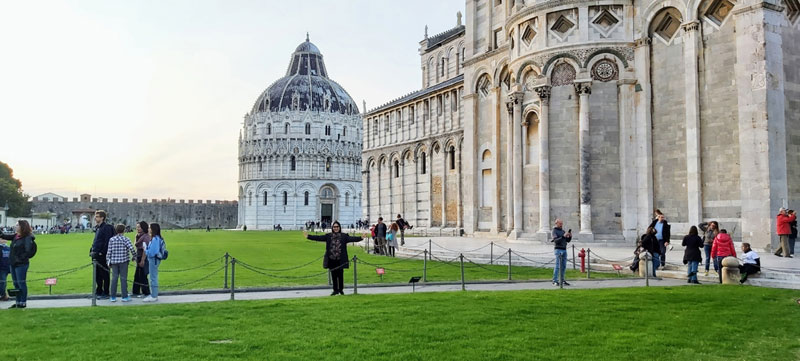
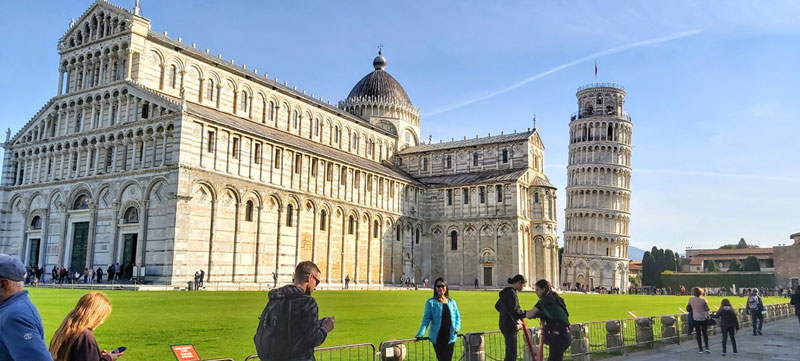
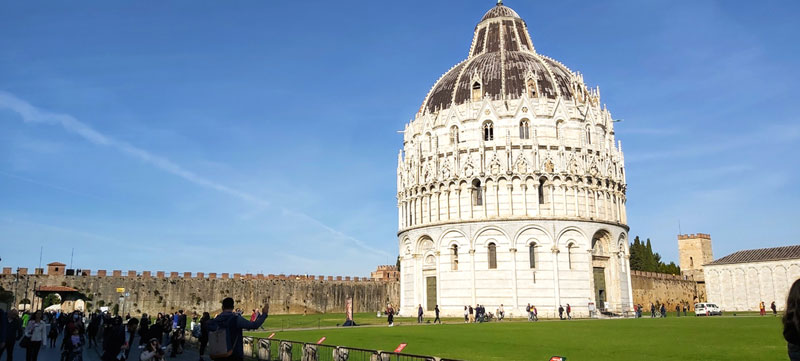
Day 3: Head to Milan after breakfast. It will take 4 hours drive normally if without traffic. Milan city center was on top of my list to explore, the majestic Duomo Cathedral, the outstanding opera La Scala, the medieval Sforza Castle, and the dazzling Vittorio Emanuele II shopping arcade. For me, Milan is expensive. You may choose to stay at the budget hostel for a night or stay at Unique Duomo Luxury Property. This hotel has the perfect location with overlooking views of plaza and Duomo from the hotel room balcony.
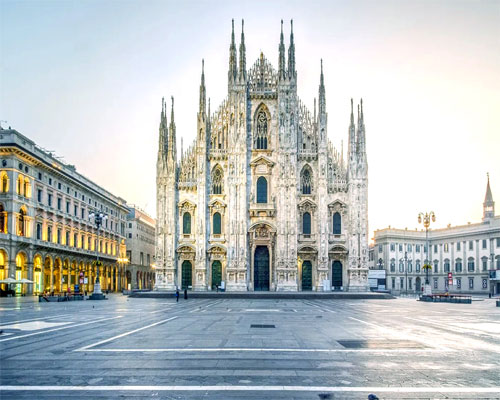
Day 4: Head to Brescia after breakfast. It will take 2 hours drive normally if without traffic. It would be good to travel early and go directly to the center of Brescia for you to begin embracing the unspoilt woods and the Alpine mountains valleys, lakes with its own character, Mediterranean Garda, Nordic Idro and calm, romantic Iseo. The city of Brescia itself is rich with its architectural and artistic history. If you are looking for a place to stay at the center, you can check this hotel Hotel Vittoria.
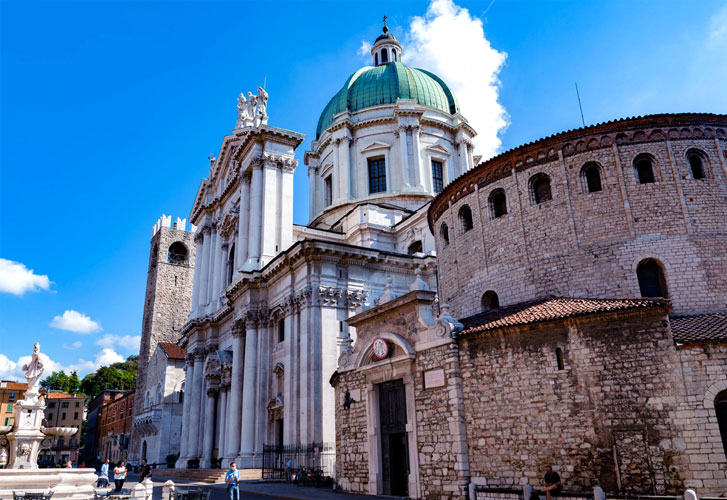
Day 5: Headed to Bassano Del Grappa after breakfast. It will take 2 hours drive normally if without traffic. We will go directly to the center of Bassano that plants its feet firmly straddling all the various passes of its history. Bonotto Hotel Belvedere is a good place to stay, 450m from the center. This hotel was originally a 15th century building and it is located right at the beginning of Brenta Valley. This is where you can feel the romantic atmosphere of the past.
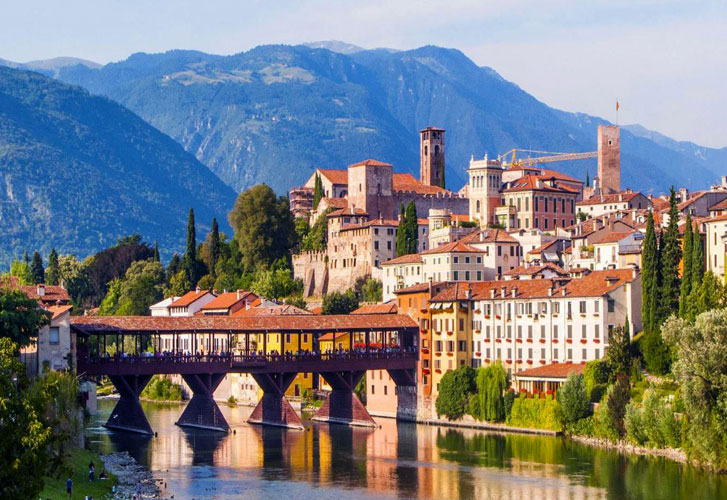
Day 6: Head to Venice after breakfast. It will take 2 hours drive normally if without traffic. The Central of Venice will be waiting for you :). Venice is the only city of its type in the world and a UNESCO World Heritage Site representing a cultural and natural asset of exceptional value, demanding its preservation and transmission to future generations. Not altering the natural and artistic environment, and not obstructing the development of other social and economic activities in harmony with the daily life of residents that is necessary to preserve the extraordinary beauty and uniqueness of Venice to sustain the tourism.
Venice is surrounded with bed band breakfast, but even staying at the hostel still breaks my pocket. Hotel Bonvecchiati is a good place to stay. It has its own water landing for gondolas and water taxis, and is just 2 minutes walk from Saint Mark’s Square and the Rialto Bridge.


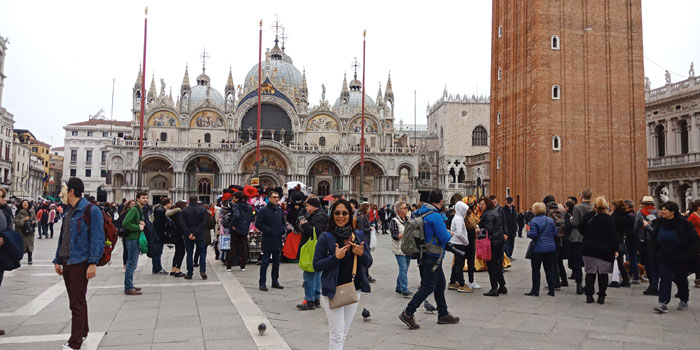
Day 7: Head to Florence after breakfast. Took 4 hours drive, If you intend to visit here, you can go directly to the City center. Florence is often named as the birthplace of the Renaissance. As a center for the European wool trade, the political power of the city rested primarily in the hands of the wealthy merchants who dominated the industry. These merchants built enormous gilded mansions in the city, villas in the country, and contributed to the construction of grand cathedrals, spawning the physical rebirth of the city. A spirit of competition developed between the rich merchants, who often competed with each other to see who could commission the grandest buildings and the finest works of art. Competition augmented the fervor with which the city entered into the Renaissance. Staying at Hotel Davanzati is highly recommended, ideally located at the heart of Florence.

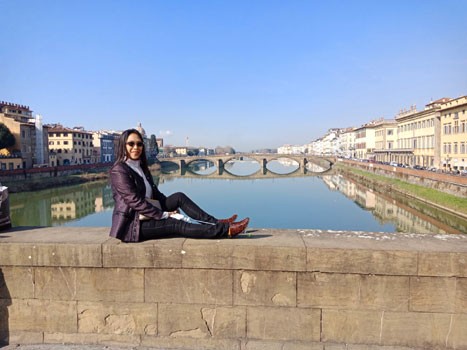

Day 8: Head to the town of Assisi after breakfast before going back to Rome. A visit to Assisi is clearly intertwined with its Franciscan heritage. The sacred nature of the place has influenced the planning and architecture of the town, where the celebration of Franciscan ideology has contributed to the creation of monuments that are of outstanding architectural and artistic interest. This is unusual characteristics phenomenon that suggests a way to better understand Assisi itself. With its medieval art masterpieces like the Basilica of San Francesco and frescoes by Giotto, Cimabue, Simone Martini and Pietro Lorenzetti, Assisi has become a fundamental reference point for the development of Italian and European art and architecture. A short day visit here can be done but would be nice stop for a night. You can find a place to stay at Alter Ego b&b Assisi to relax more and enjoy the scenery of Assisi. This is place is very affordable with excellent location.

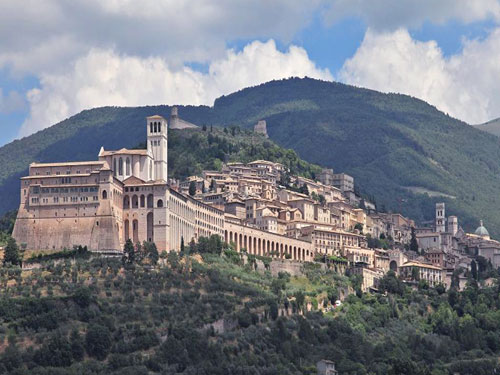
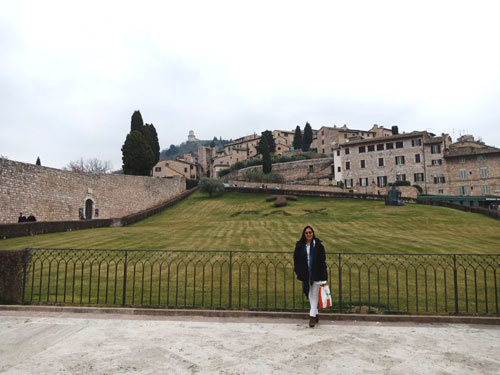
Day 9: Finally, you have come to your most awaited highlights, the Vatican City and Colosseum: After breakfast, you can walk going to the Vatican City state if your hotel is just within the city. Vatican is the smallest enclave state in the world for size and population. Then you can head to Colosseum in the afternoon. It is Rome’s greatest tourist attraction. When you come to Italy, your trip will never be complete if you cannot visit this place. There are many nice hotels to stay in the city center like the Six Senses Rome hotel, the price per night here is a wow :).
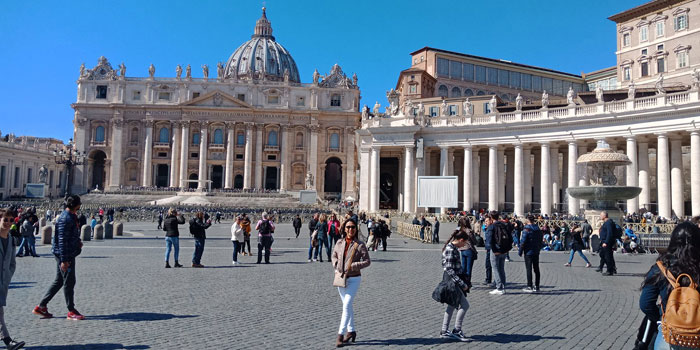
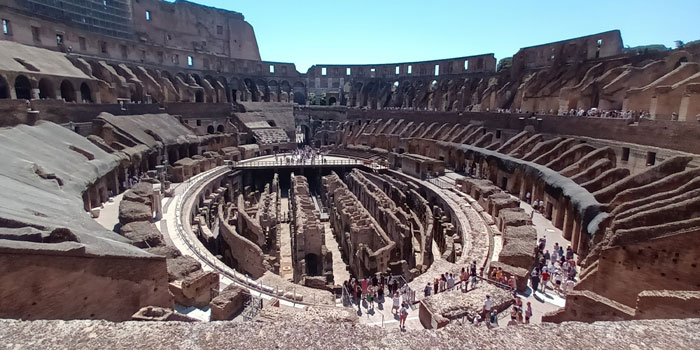
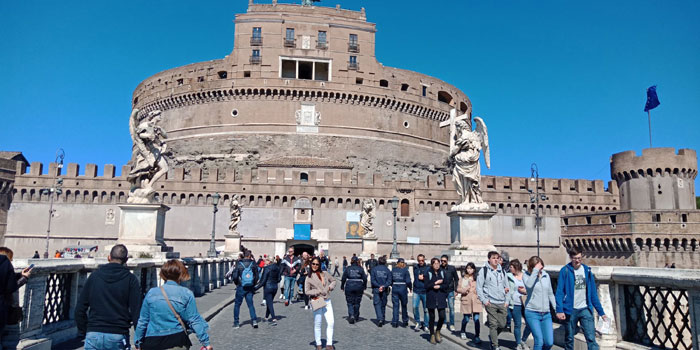
Day 10: After breakfast, you can head back to your home sweet home and bring your lifetime memories. The best time to visit Italy is from March to May, that is the season of spring, and autumn from September to November. You can enjoy the colorful countryside scenery with wildflowers in early April with the rising temperatures until the end of June.
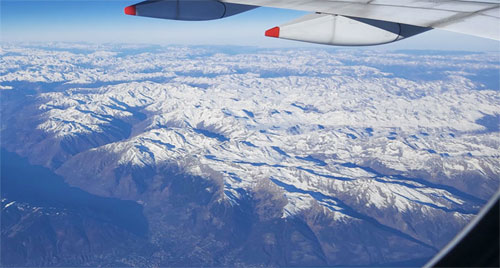
Edit this page
This place maybe your favorite hangout, you maybe more expert here. Would you be happy to edit this page? please feel free to leave your comment below. I would be happy to post your itinerary recommendations/suggestions for Italy. You can post your website link here so that our readers can explore your page as well. Either way, we are helping each other to build a more informative online community.
